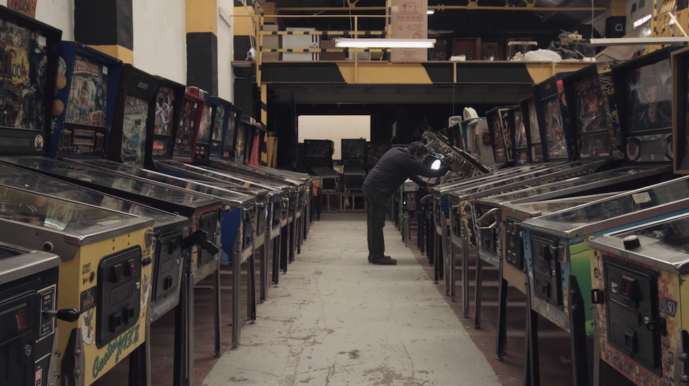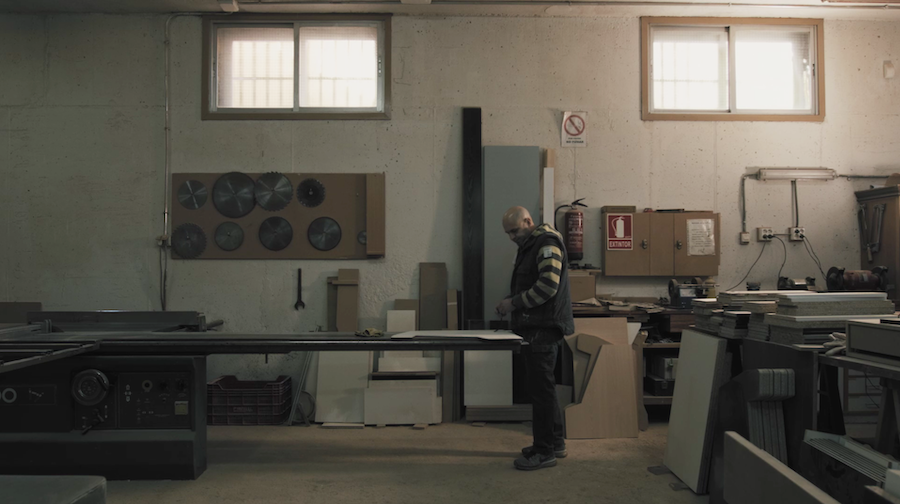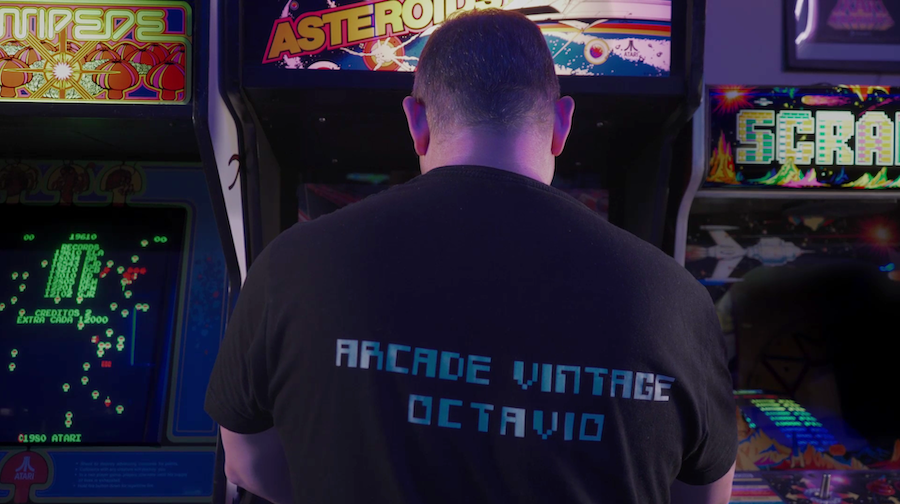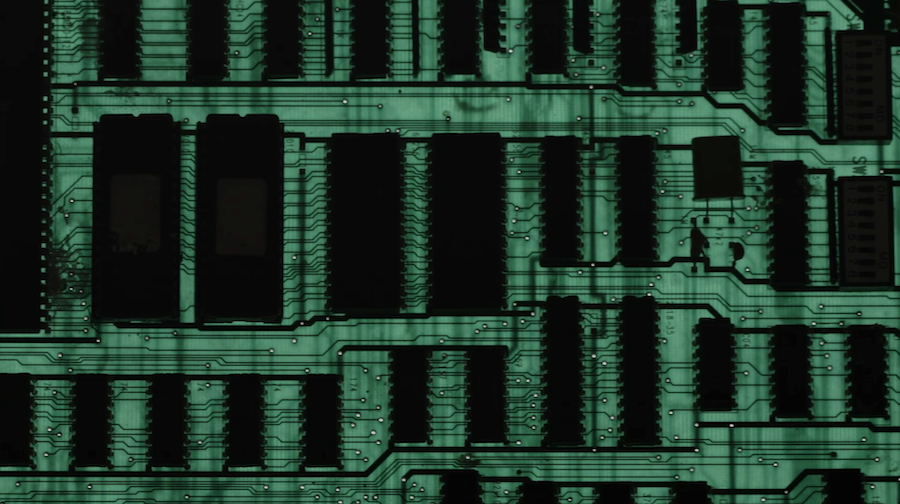The Game Cabinets of Youth
As the new Spanish documentary film Arcadeologia opens, we see a technician tinkering in a Donkey Kong arcade video game. We wander about with him as he patiently sorts through the machine’s innards. Then our gaze slowly pans over a warehouse full of arcade game cabinets.
Mario-Paul Martínez’s Arcadeologia visits the workshop floors, meeting rooms, and convention centers where dedicated Spanish enthusiasts are retrieving such machines from dusty mausoleums.
In 100 minutes, he surveys the thriving world of arcade video game restoration in Spain, as well as some of its current outgrowths, long after its heyday in the country and throughout the world.
We learn that video game arcades did roaring business in Spain in the 1980s, again as in so many other countries. A little surprising, however, is that now, 30 to 40 years on, long after most of the game centers were displaced by console and online versions of the games, the men who loved them and miss them are reviving them.
The comments of the Spanish enthusiasts we meet will be familiar to arcade game players anywhere in the world. They describe having caught a kind of “arcade videogame virus” as youths, and of never having shaken it — or having wanted to. It helped them through the rigors of coming of age: it relieved childhood sadnesses and provided a social world of likeminded youths.
One interviewee says that upon seeing machines he played on as a young man, he says to them: “It’s good to see you again.”
Now, 30 to 50 years later, he and his friends wish to preserve the memories of that time. But they don’t merely wish to find and refurbish the material objects that enlivened their access to social life; they also wish to create a version of that world for themselves, now, as adults in middle age.
Mario-Paul Martínez’s film takes us to the junkyards and warehouses where decrepit machines gather grime, and also to the astonishingly jam-packed workshops and newly created museum spaces where the renovated machines again ding and whirr amidst a holy racket of music created for them.
We even meet some of the compelling characters who created that music and who are, in some cases, creating more of it even today.
Finding the machines and returning them to something like their original working order clearly is a time-consuming, painstaking task. The enthusiasts depicted in Martínez’s film, many from groups like Arcade Vintage and Recreativas, work on machines in various, sometimes weird states of repair; one devotee retrieved an arcade game cabinet that had become a chicken coop.
The enthusiasts have been so successful that their biggest challenge can be to find enough space for all their rediscovered and resuscitated arcade games. The housing they have located or created is impressive, with shelves stacked high with pallets bearing old consoles. Clearly many of the enthusiasts have sunk quite a bit of their pocketmoney into their passion.
Surely the goal of any teenager in the 1980s was to have a home full of arcade games, says one member of Arcade Village whose nom de jeu is “Arcadio.”
Finding the consoles and even working game machines within them is tough enough. As many readers may recall, some of the machines come in cabinets that players sat inside so they would get the full effect of flying, driving, or soaring within the gameworlds.
On top of that challenge is the even greater one of locating the machines’ complex and often outmoded or discontinued electronics — the wiring, the computer boards…
Making the search slightly less protracted is that while the companies that made the machines had no interest in preserving them, they at least were keen to have their brands dispersed as economically as possible. So, Arcadeologia reports, many allowed and even encouraged the pirating of their game cabinets and consoles, as a way to extend their market reach.
As Arcadeologia illustrates, the opportunity to show off revived arcade video games drives many now-middleaged Spaniards, and draws them and many others to conventions and even new retro arcades.
It’s more than just hardware and wiring, to them. Reverse engineering expert Eduardo Cruz tells us in the film: “We are talking about a union between software and hardware in which a video game has a heart, a spirit, a soul at the software level, which is the programme, the video game and the graphics that we see, and it also has a body, which is the hardware that allows that soul to operate.”
Arcadeologia is a project of the Massiva Research Group (“Massiva” is the acronym for Masses: Visual Research and Artistic Action) at the University Miguel Hernández of Elche. The group’s key undertaking is to document the Arcade Vintage Association’s recovery of gaming machines, most from 1970 to 2000.
Arcade Vintage, founded in 2013 and headquartered in Petrer, a municipality in the province of Alicante, acquires and restores motherboards, controllers, monitors, furniture, art, and other components of electronic-digital arcade games. It reconstructs those, or replicas of them.
Its members locate and import parts of games from Europe, Japan, and the United States.
They restore them, and act as sources for others who need information and maintenance advice about how to restore the games: how to emulate the original parts, and how to reverse engineer the machines, in general.
Arcade Vintage now has more than 200 recovered arcade machines, and displays many in a museum/arcade open to its members as well as the public. It conducts workshops and other activities, including meetings of enthusiasts and game developers, courses on hardware repair, and the like.
Its annual highlight is its ArcadeCon conference for arcade-game associations and developers.
Its members also travel to related events around Spain like Retrobarcelona, VGComic, RetroAlba and ExpoArcade where they can mingle with likeminded game players and restorers.
Massiva’s larger mission is to gauge the role of audiovisual practices in popular culture, as well as to promote their roles in contemporary culture — the documentary film Arcadeologia is one example of that outreach.
From Massiva, its director and the director of Arcadeologia, Mario-Paul Martínez , told Moving Image Archive News about his film project. Here are his edited comments.
MIAN: How did you become interested in arcade video games? Were you a youngster playing games in the 1980s or later?
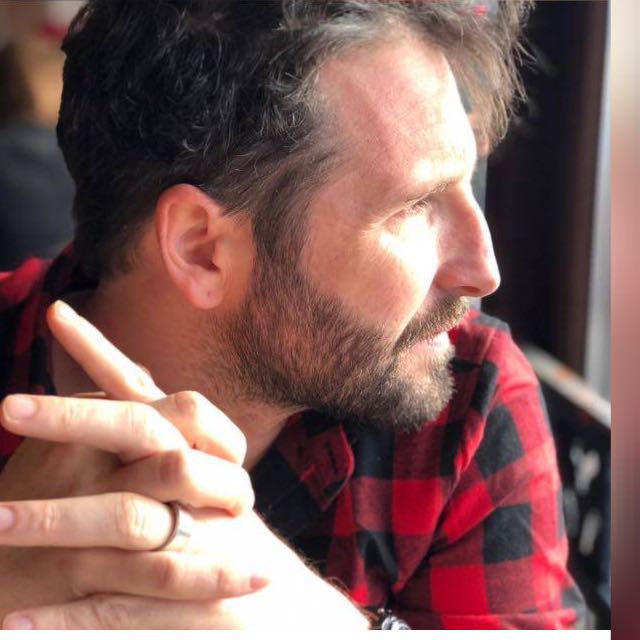 Mario-Paul Martínez: Since I was born in ’78, you could say that I have lived with two screens: one the cinema and the other the video game. All my life I have had them present in my imagination. But, evidently, I belong to the generation that grew up with arcades and the first video games (cinema was not born with my generation), and I have seen throughout my life how the medium evolved, and how — with great joy — it reached ever better artistic and plastic levels.
Mario-Paul Martínez: Since I was born in ’78, you could say that I have lived with two screens: one the cinema and the other the video game. All my life I have had them present in my imagination. But, evidently, I belong to the generation that grew up with arcades and the first video games (cinema was not born with my generation), and I have seen throughout my life how the medium evolved, and how — with great joy — it reached ever better artistic and plastic levels.
MIAN: How did you realize that in Spain there was so much activity around the restoration and revival of video games?
MPM: The film, from the opening shot, begins in a small town in Spain (Petrer), in a small workshop, and with a group of enthusiasts who, almost in the shadows, are dedicated to restoring arcade machines. That was the humble beginning of the film, and the humble beginning of the research that we carry behind this documentary. But we soon realized that the task of restoring arcades was hard work, that it needed many other external professionals and that they did not work alone. In fact, they work with a community of individuals and associations throughout Spain that create a network of machine repair throughout the peninsula. Some work in Barcelona stripping chips by reverse engineering; others are emulation professionals working in Zaragoza; others restore furniture in Madrid… That’s when we saw that we had to expand the documentary and cover a much wider ground if we wanted to give an accurate overview of the subject.
MIAN: How does Spain compares with other countries in reactivation of games and machines?
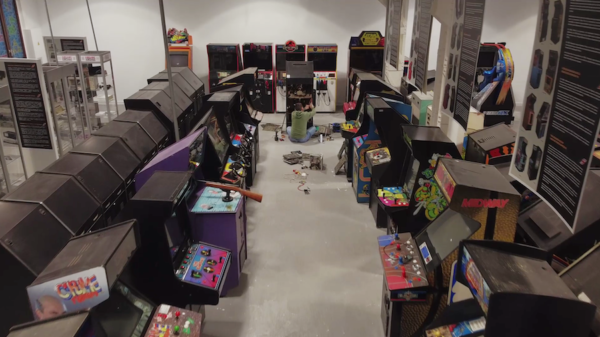 MPM: It is still not entirely clear. It is an incipient practice, less than 10 years old, I would say, and there are no studies that measure it efficiently yet. I could not say with certainty…
MPM: It is still not entirely clear. It is an incipient practice, less than 10 years old, I would say, and there are no studies that measure it efficiently yet. I could not say with certainty…
MIAN: How can collectors and restorers afford it? Is it expensive? Not only restoring the machines, but also renting a space to house them must be expensive.
MPM: It is somewhat expensive. But they afford it, mainly with passion and by organizing themselves by associations. Among all the members, they pay dues to maintain the premises and the costs of repairing the machines. On the other hand, they buy arcades on a personal basis, which they often share in these spaces. In such a way, a hall that usually has, for example, 80 arcades: 15 arcades belong to one member, 24 to another, etc. They are like a group of shareholders, they have percentages of the number of arcades.
MIAN: Your film presents amateurs, technicians, and even designers and composers interested in using the technologies of the 80’s to create new works. What do you think is the future of these activities in Spain?
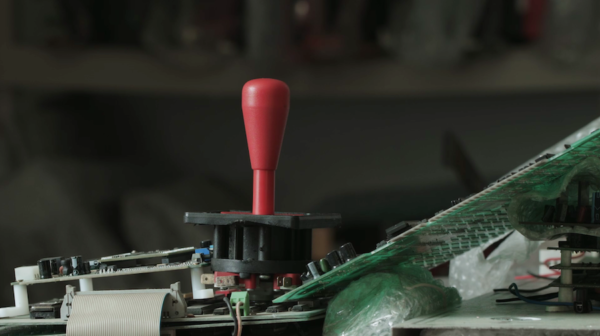 MPM: It is very interesting to see how there are video game creators today who are using the models of the past to make their platforms. That is to say, they are using the patterns, graphics, game mechanics, etc. of the arcades of the ’80s to create contemporary games. This is like making silent and black-and-white movies today in the style of early filmmakers like George Méliès or Alice Guy!
MPM: It is very interesting to see how there are video game creators today who are using the models of the past to make their platforms. That is to say, they are using the patterns, graphics, game mechanics, etc. of the arcades of the ’80s to create contemporary games. This is like making silent and black-and-white movies today in the style of early filmmakers like George Méliès or Alice Guy!
But for them, the language of the arcade is a primary language where they feel comfortable, and where they have decided not to hide behind artifice. They go to the essence; as if they were making haikus. They condense all that is necessary in their arcades and take away all that is left over (those many layers of graphics and spectacles of the big video game productions; the triple A’s), to go to the game in essence.
MIAN: The only women in your film are a couple of librarians and cultural anthropologists. I guess that reflects the very male-oriented and male-dominated nature of the arcade video game scene, in the ’80s and ’90s and now as well?
MPM: Indeed, we didn’t want to lie historically and, the video game scene of the 80s, as is well known, was a very masculinized youth space. The arcades were full of boys and, at that time, few women were really interested in video games. The context places us in a space, moreover, that the boys themselves “protected” against external interference, it was the comfort space of a generation of boys who loved digital games and computers…
Fortunately, today, women consume as many or more video games as men, and have a much more relevant role in the video game industry. We are breaking, at last, that exclusionary environment.
Arcadeologia, in Spanish, subtitled in English and French, is available in DVD and Blu-ray from the film’s production company, Cinestesia.
Previous Post: The Moving Image at the Borderlands

